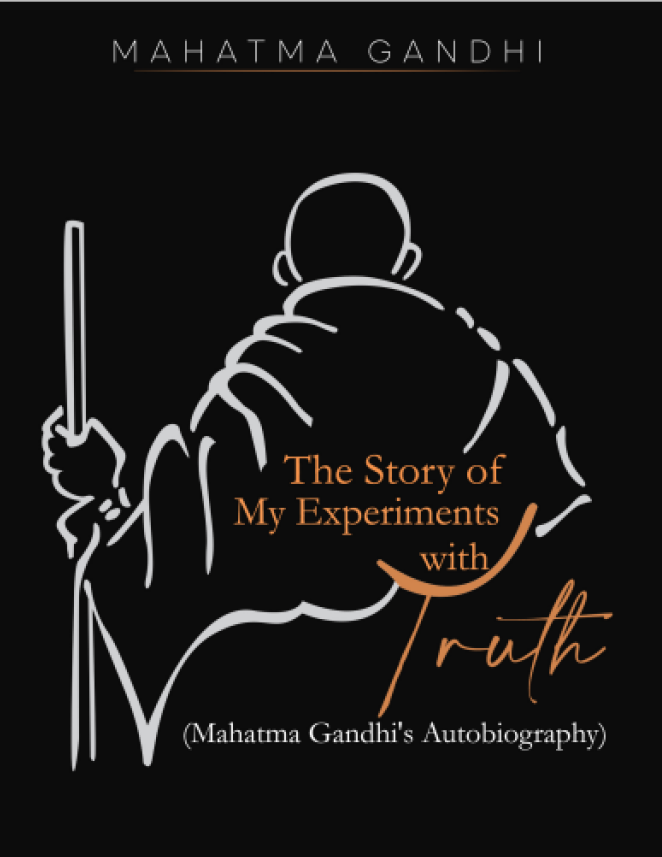As an intelligent reader with a background in philosophy, I find Sophie’s World by Jostein Gaarder to be a commendable, if imperfect, introduction to Western philosophical thought. The novel follows Sophie Amundsen, a 14-year-old Norwegian girl, who receives mysterious letters posing existential questions like “Who are you?” and “Where does the world come from?” These lead her into a correspondence course on philosophy with Alberto Knox, a enigmatic teacher, covering thinkers from Socrates to Sartre. Interwoven with this intellectual journey is a metafictional mystery involving Hilde, a girl whose existence challenges Sophie’s reality, culminating in a clever, if somewhat contrived, narrative twist.
Sophie’s World is not a deep philosophical treatise, nor is it a flawless novel. Instead, it’s a charming, accessible gateway into Western philosophy disguised as a mystery story. If you’re new to philosophy, it’s a brilliant starting point. If you’re already well-read, you may find it simplistic—but still worth revisiting for its clever narrative structure.
What Makes Sophie’s World Unique?
1. Philosophy Wrapped in Fiction
Gaarder blends a coming-of-age story with a crash course in philosophy, from the Pre-Socratics to Sartre. The novel follows Sophie Amundsen, a Norwegian teenager who receives mysterious letters from a philosopher named Alberto Knox, guiding her through the history of ideas.
- Strengths:
- Engaging Format: Unlike dry textbooks, Gaarder makes philosophy feel like a detective story.
- Clear Explanations: Complex ideas (Kant’s “thing-in-itself,” Descartes’ cogito) are broken down simply.
- Playful Metafiction: The later twist (no spoilers!) forces readers to question reality itself—a nod to postmodern philosophy.
- Weaknesses:
- Oversimplification: Some concepts (Hegel’s dialectics, Nietzsche’s will to power) are watered down.
- Uneven Pacing: The middle drags with textbook-like summaries.
2. A Tour of Western Thought
The book covers 2,500 years of philosophy in 500 pages. Highlights include:
✔ Socrates & Plato (The Allegory of the Cave)
✔ Descartes (“I think, therefore I am”)
✔ Kant (The limits of human reason)
✔ Kierkegaard & Sartre (Existentialism)
Missing Perspectives:
- Eastern philosophy (Buddhism, Taoism) is ignored.
- Feminist and postcolonial critiques are absent.
3. The “Twist” – Love It or Hate It
Without spoiling, the book takes a meta-fictional turn in the second half, blurring the line between Sophie’s world and ours. Some readers find this brilliant (a philosophical The Matrix before The Matrix existed). Others call it gimmicky.
The book’s strength lies in its ambitious scope and accessibility. Gaarder distills complex ideas—Plato’s forms, Kant’s categorical imperative, Hegel’s dialectic—into digestible lessons, often using metaphors that resonate with a young audience. For instance, the allegory of the Lego blocks to explain Democritus’ atomism is both vivid and memorable. The narrative structure, blending a coming-of-age story with philosophical discourse, keeps the reader engaged, especially as Sophie’s growing awareness mirrors the reader’s own journey through abstract ideas.
However, the book has flaws. The philosophical explanations, while clear, can feel overly didactic, as if Gaarder prioritizes teaching over storytelling. The dialogue often serves as a vehicle for exposition rather than character development, making Sophie and Alberto feel more like mouthpieces than fully realized individuals. Additionally, the historical progression of philosophy is somewhat linear and Eurocentric, glossing over non-Western traditions and contemporary debates—like those in phenomenology or analytic philosophy—that could have added depth. The metafictional twist, while intriguing, may feel gimmicky to readers familiar with postmodern literature, as it leans heavily on a device that echoes works like Pirandello’s Six Characters in Search of an Author.
Despite these shortcomings, Sophie’s World is worth reading for its ability to spark curiosity about philosophy in a way that’s approachable yet thought-provoking. It’s a gateway for novices, offering a broad-strokes history of ideas that invites further exploration—perhaps leading readers to primary texts like Descartes’ Meditations or Nietzsche’s Thus Spoke Zarathustra. For those already versed in philosophy, the book serves as a nostalgic reminder of why these questions matter, even if it doesn’t break new ground. Ultimately, anyone should read it because it dares to ask the biggest questions—about existence, reality, and our place in the universe—and encourages us to keep seeking answers, a pursuit as timeless as philosophy itself.
Why Read It?
final Sophie’s World succeeds as a philosophical primer, not as high literature or rigorous scholarship. It won’t replace reading Kant or Nietzsche directly, but it will make you want to.
- To rediscover philosophy as a living conversation, not just old books.
- To question reality in a way few novels dare.
- To ignite curiosity—just as Sophie’s letters do.
Alternatives if You Want More Depth:
- The Story of Philosophy (Will Durant) – More detailed but still accessible.
- At the Existentialist Café (Sarah Bakewell) – A richer look at 20th-century philosophy.
Purchase Links:
📗 Amazon (US): https://www.amazon.com/Sophies-World-Novel-History-Philosophy/dp/0374530717
📘 Flipkart (India): https://www.flipkart.com/sophie-s-world/p/itmfc9jxscfcdhjs














